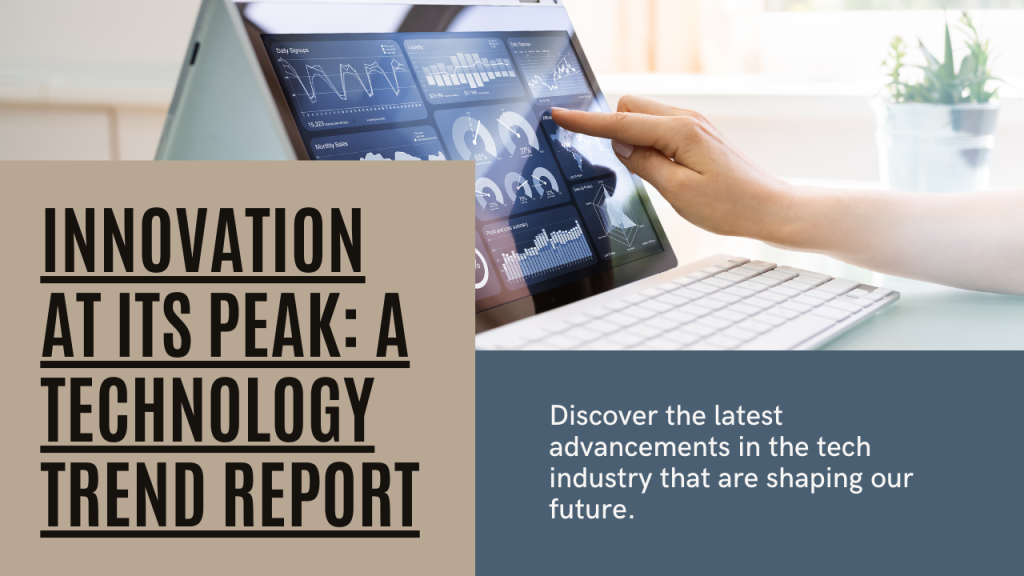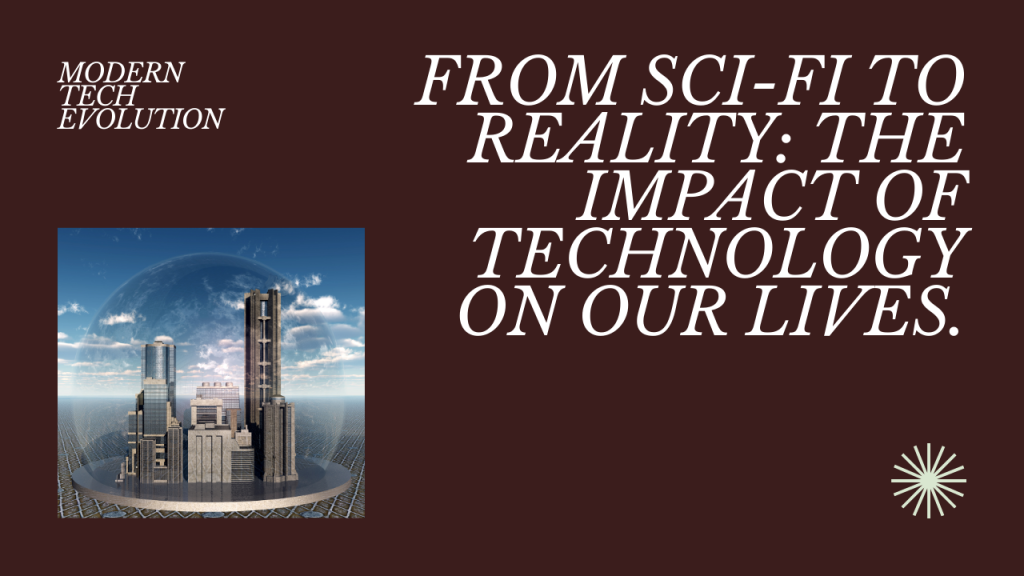In the ever-evolving landscape of cybersecurity, artificial intelligence (AI) is emerging as a powerful tool for bolstering defenses, detecting threats, and mitigating risks in our increasingly digital world. By harnessing the capabilities of AI and leveraging vast amounts of data, cybersecurity professionals are paving the way for a safer and more resilient digital future.
AI technologies, such as machine learning and deep learning, enable cybersecurity systems to analyze massive datasets and identify patterns indicative of cyber threats with unprecedented speed and accuracy. Through continuous learning and adaptation, AI-powered cybersecurity solutions can detect and respond to evolving threats in real-time, augmenting human capabilities and enhancing overall cyber resilience.
One of the key benefits of AI in cybersecurity is its ability to automate repetitive tasks and streamline threat detection and response processes. By automating routine security operations, AI frees up cybersecurity professionals to focus on more strategic tasks, such as threat analysis, incident response, and vulnerability management. This not only improves efficiency but also enables organizations to respond more effectively to cyber threats, reducing the risk of data breaches and downtime.
Moreover, AI enables predictive analytics and proactive threat hunting, allowing cybersecurity professionals to anticipate and preemptively defend against emerging threats before they escalate into full-blown attacks. By analyzing historical data and identifying anomalies or suspicious behavior, AI algorithms can flag potential security incidents and trigger preemptive actions to mitigate risks and prevent breaches.
Furthermore, AI-powered cybersecurity solutions can adapt and evolve in real-time to counter sophisticated cyber attacks, such as zero-day exploits and polymorphic malware. By continuously learning from new data and feedback, AI algorithms can improve their detection capabilities and stay ahead of emerging threats, providing organizations with a proactive defense against cyber threats.
In conclusion, AI is revolutionizing cybersecurity by harnessing innovation and data to create more effective, efficient, and adaptive defense mechanisms. By leveraging the power of AI, cybersecurity professionals can bolster their defenses, detect threats more accurately, and respond more effectively to cyber attacks, ultimately paving the way for a safer and more secure digital future.










